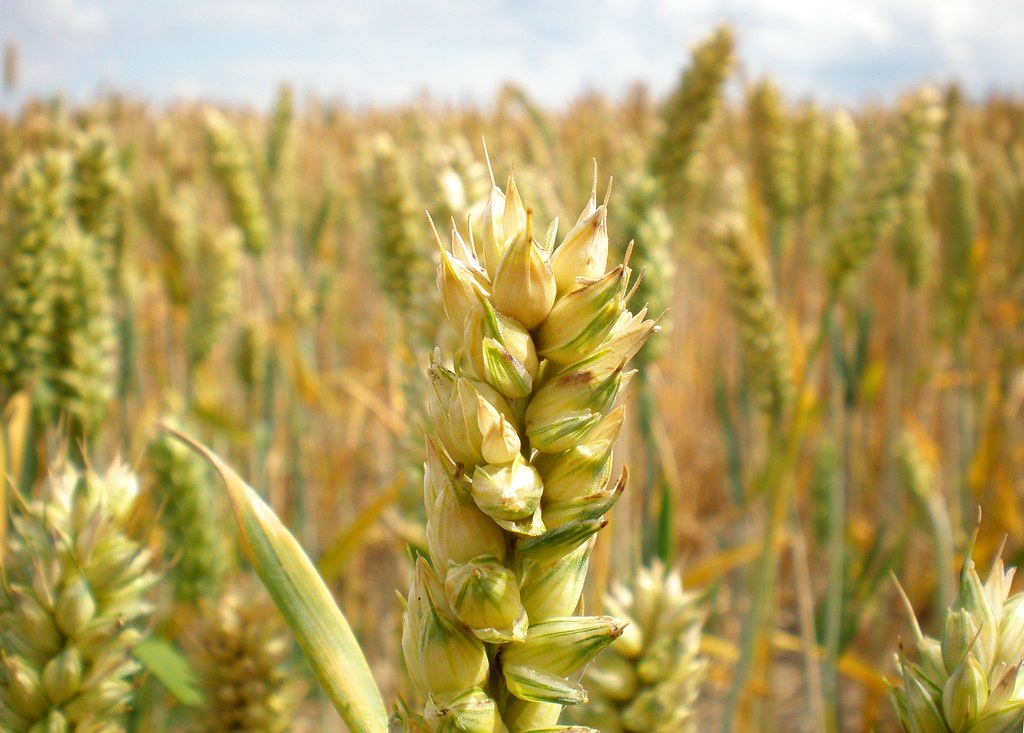Nestled on the western coast of Canada, the Port of Vancouver stands as a bustling gateway, not just for Canada, but for North America’s rich agricultural bounty. As one of the world’s most versatile ports, it plays a pivotal role in the global export of a diverse array of Agricultural Exports. From the golden wheat fields of Western Canada to the orchards and vineyards of British Columbia, the Port of Vancouver serves as the critical junction where these agricultural treasures embark on their journey to international markets.
Canada’s Agricultural Cornucopia: A Snapshot
Before diving into the specifics of exporting wheat from Western Canada, let’s appreciate the broader agricultural landscape that converges at the Port of Vancouver. This port is a hub of activity for a variety of Canadian agricultural exports:
- Grains and Cereals: Western Canada, with its vast and fertile prairies, is a powerhouse of grain production. Wheat, notably, is a major export, but the port also handles significant quantities of canola, barley, and other cereals.
- Pulses and Legumes: Canada is a leading exporter of pulses like lentils and peas. These protein-rich crops, primarily grown in the prairies, find their way to international markets through the Port of Vancouver.
- Fruits and Wine: British Columbia’s milder climate lends itself to fruit cultivation, particularly apples, cherries, and berries. The province’s burgeoning wine industry also sees its products exported worldwide.
- Dairy and Meat Products: The port facilitates the export of high-quality dairy products and meats, including beef and pork, adhering to stringent quality standards.

The Role of the Port of Vancouver
The Port of Vancouver is more than just a shipping point; it’s a vital link in Canada’s agricultural supply chain. It offers state-of-the-art facilities and logistical solutions that ensure the efficient, safe, and timely transport of these diverse products to global destinations. Its strategic location and advanced infrastructure make it an indispensable asset for Canadian exporters looking to tap into international markets.
As we zoom in on the export of wheat, a staple product in this impressive lineup, the significance of the Port of Vancouver becomes even more apparent. It’s not just a matter of loading cargo onto ships; it’s about maintaining the quality, ensuring compliance with international standards, and navigating the complexities of global trade.
Grain Trade Essentials: Supplying Wheat from Western Canada”
At CommodityTrader.com, we understand the intricacies of the global grain market, particularly when it comes to exporting commodities like wheat from productive regions such as Western Canada. This blog post is designed to walk you through the key steps and necessary documentation for successfully supplying wheat from Western Canada, a region known for its high-quality grain. Whether you’re a seasoned trader or new to the industry, understanding this process is crucial for smooth and efficient transactions.
Step 1: Understanding the Market and Securing a Contract
Market Research
- Familiarize yourself with the Western Canadian wheat market, including the types of wheat available, current market prices, and quality standards.
Contract Negotiation
- Secure a contract with a buyer. The contract should detail the quantity, quality (such as protein content), price, delivery terms (Incoterms), and payment terms.
Step 2: Legal and Regulatory Compliance
Export Permits and Regulations
- Ensure compliance with Canadian grain export regulations. This may involve obtaining necessary export permits and ensuring adherence to international trade laws.
Phytosanitary Certificates
- Obtain a phytosanitary certificate from the Canadian Food Inspection Agency (CFIA), certifying that the wheat is free from pests and meets the importing country’s health standards.
Step 3: Quality Assurance
Grain Inspection
- Prior to shipment, the wheat should be inspected and graded according to Canadian Grain Commission (CGC) standards. This ensures the quality and weight meet the contract specifications.
Quality Certification
- Obtain a quality certification document from an accredited agency, providing proof of the wheat’s grade and quality.
Step 4: Arranging Logistics
Transportation
- Organize transportation logistics. Wheat from Western Canada is typically transported via rail or truck to port facilities and then shipped overseas.
Storage and Handling
- Ensure proper storage and handling to maintain the quality of the wheat until it reaches the port for export.
Step 5: Documentation for Export
Sales and Purchase Agreement (SPA)
- This is the primary legal document outlining the terms of the sale.
Bill of Lading
- Obtain a Bill of Lading from the transportation company. This serves as a receipt for the shipped goods and a document of title.
Export Declaration
- Complete an export declaration to be filed with the Canadian Border Services Agency (CBSA).
Insurance Documents
- Secure cargo insurance to protect against loss or damage during transit.
Letter of Credit
- If applicable, arrange a Letter of Credit from the buyer’s bank to ensure payment security.
Step 6: Post-Shipment Monitoring
Tracking and Communication
- Track the shipment and maintain communication with the buyer, providing updates on the shipment status.
Feedback and Resolution
- Once the wheat is delivered, solicit feedback from the buyer and promptly address any concerns or disputes that may arise.
Agricultural Exports Conclusion
Exporting wheat from Western Canada involves a detailed process, from understanding the market to fulfilling legal requirements and ensuring quality standards. It’s a process that demands thoroughness, attention to detail, and a deep understanding of the grain trade. At CommodityTrader.com, we equip our clients with the knowledge and tools needed to navigate this process successfully, ensuring a smooth and profitable trading experience in the dynamic world of Agricultural Exports.


Leave a Reply